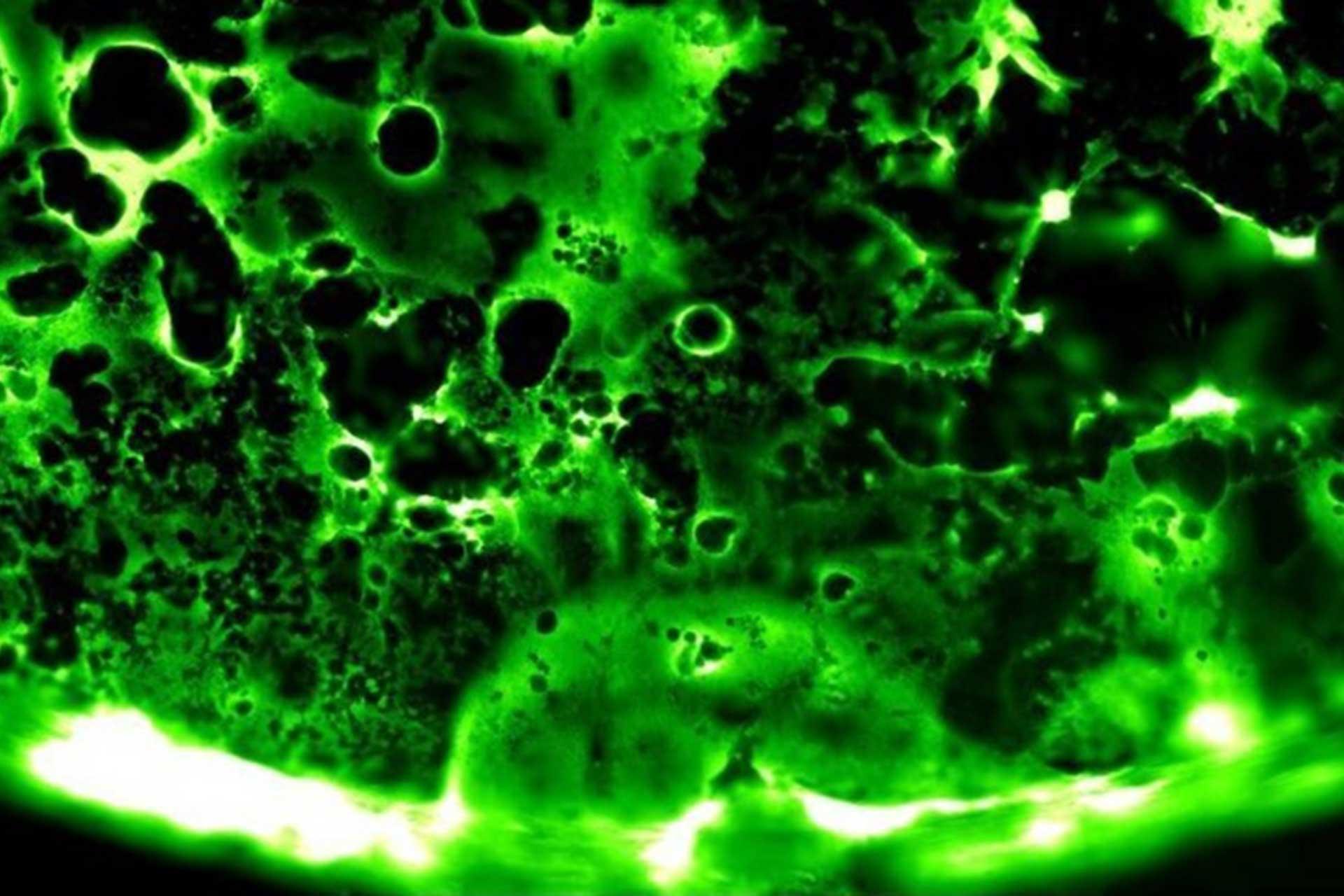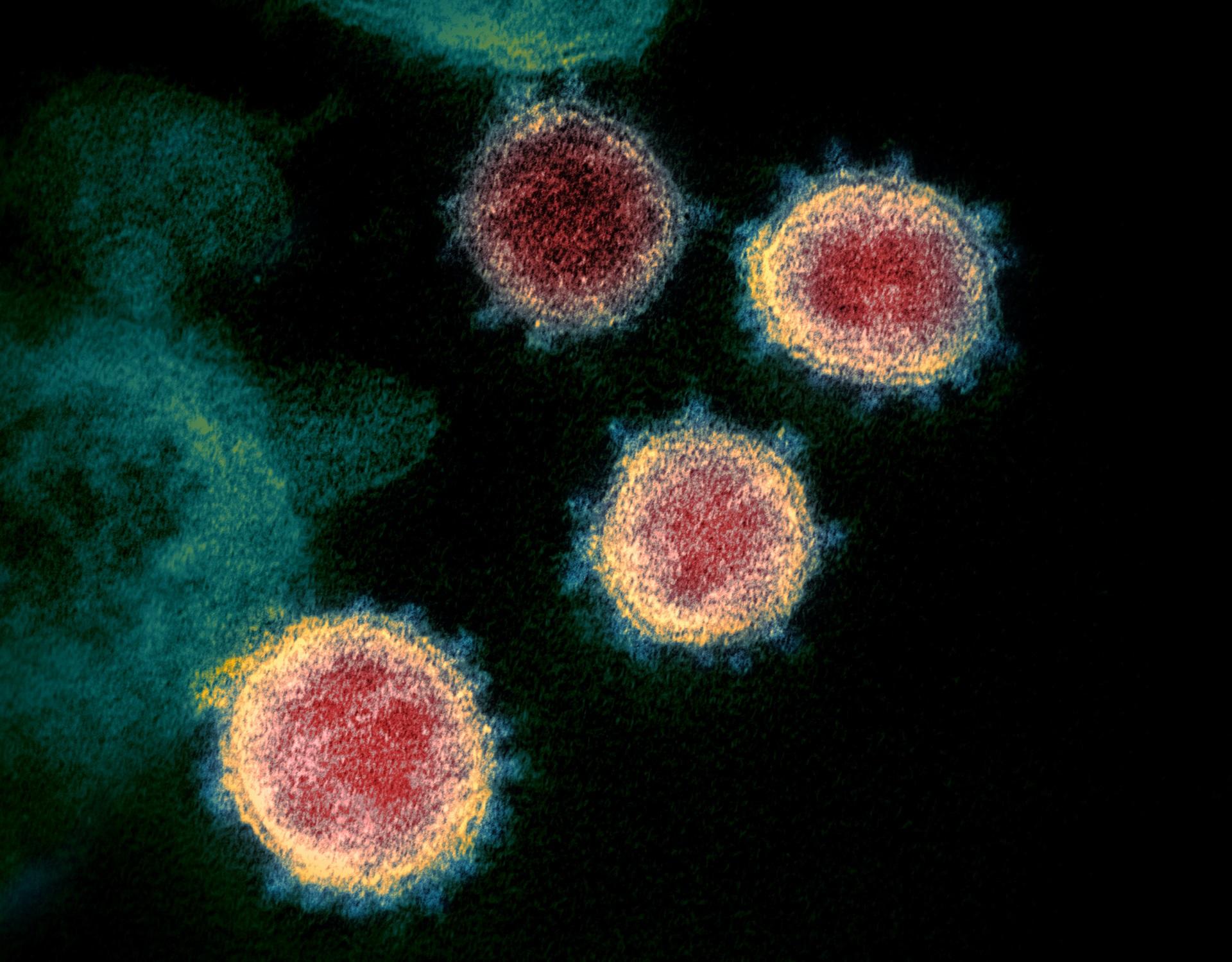The circadian clock component BMAL1 regulates SARS-CoV-2 entry and replication in lung epithelial cells
The COVID-19 pandemic, caused by SARS-CoV-2 coronavirus, is a global health issue with unprecedented challenges for public health. SARS-CoV-2 primarily infects cells of the respiratory tract via Spike glycoprotein binding to angiotensin-converting enzyme (ACE2). Circadian rhythms coordinate an organism's response to its environment and can regulate host susceptibility to virus infection. We demonstrate that silencing the circadian regulator Bmal1 or treating lung epithelial cells with the REV-ERB agonist SR9009 reduce ACE2 expression and inhibit SARS-CoV-2 entry and replication. Importantly, treating infected cells with SR9009 limits SARS-CoV-2 replication and secretion of infectious particles, showing that post-entry steps in the viral life cycle are influenced by the circadian system. Transcriptome analysis revealed that Bmal1 silencing induced interferon stimulated gene transcripts in Calu-3 lung epithelial cells, providing a mechanism for the circadian pathway to limit SARS-CoV-2 infection. Our study highlights alternative approaches to understand and improve therapeutic targeting of SARS-CoV-2.

